Choosing the right shorts inseam is essential for comfort, mobility, and confidence. The inseam refers to the inner leg length of a pair of shorts. It’s measured from the crotch seam down to the hem. Unlike waist size, which fits around your body, the inseam determines how short or long the shorts appear on your legs. This measurement plays a major role in both function and fashion. Whether you’re shopping online or in-store, knowing your ideal shorts inseam ensures a better fit.
Moreover, different activities call for different lengths. Running shorts often have shorter inseams. Chino-style casual shorts usually range between 7 and 9 inches. Swimwear varies widely based on use. Understanding these differences helps narrow your choices. This guide explores inseam ranges, how to measure yourself, and what length suits your height, body type, and lifestyle. You’ll also learn about popular styles, seasonal trends, and common mistakes to avoid. By the end, you’ll know exactly how to pick the best shorts inseam for any occasion.
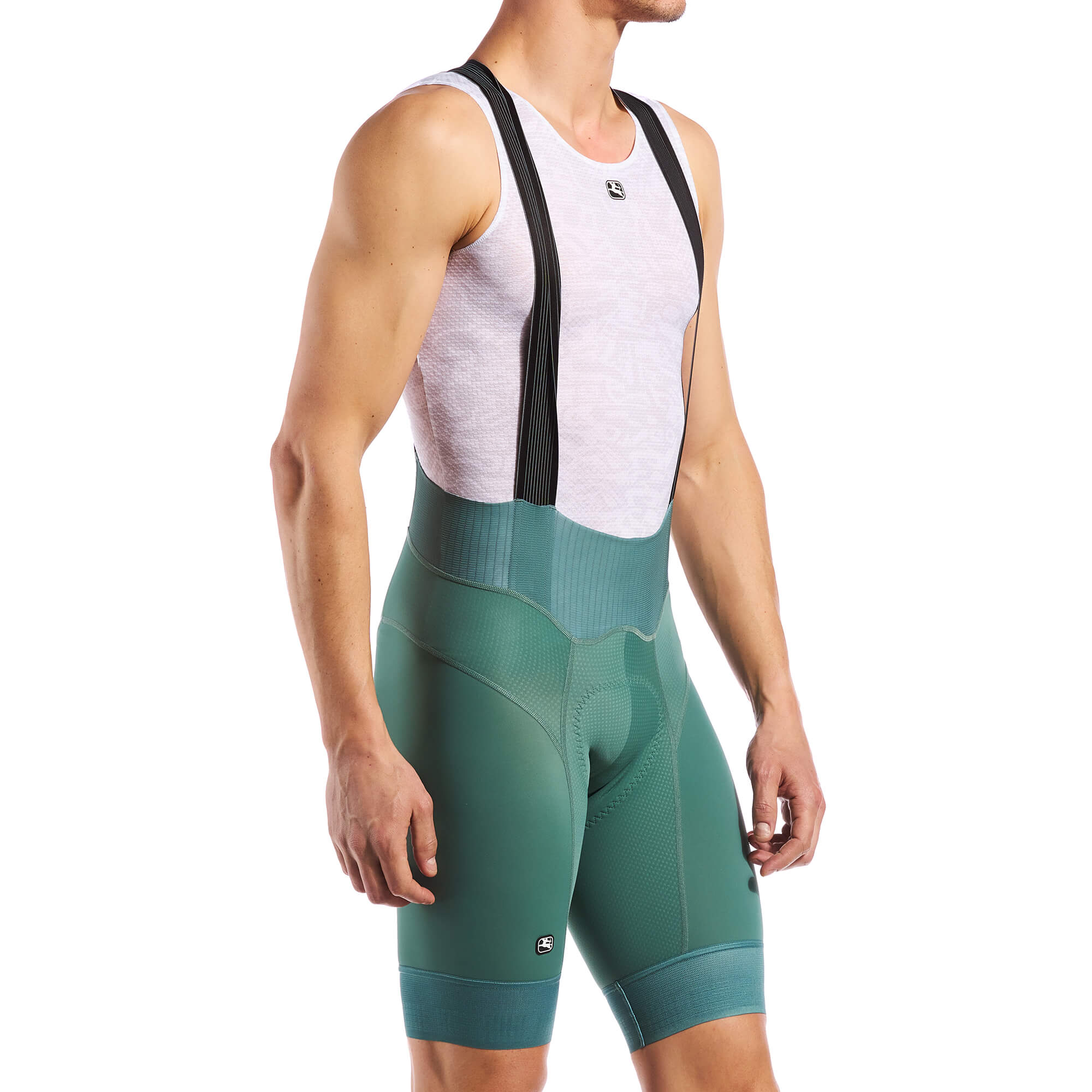 Understanding Common Shorts Inseam Measurements
Understanding Common Shorts Inseam Measurements
Shorts inseam sizes vary across brands and types. However, some standard lengths exist. A 3-inch inseam is very short. It sits high on the thigh. Often used in athletic running shorts. Offers maximum freedom of movement.
A 5-inch inseam is mid-thigh length. This is one of the most popular options. It balances coverage and breathability. Works well for walking, gym sessions, and casual wear.
The 7-inch inseam hits just above the knee. It’s considered a classic length. Ideal for office-appropriate chino shorts. Also great for travel and everyday errands.
At 9 inches, the hem falls near or at the knee. This length offers more coverage. Preferred by taller individuals or those who like modest styles. Common in golf and hiking shorts.
Longer inseams like 11 or 12 inches extend below the knee. These suit cooler weather or conservative dress codes. Often seen in cargo or utility styles.
Some women’s shorts come in 1–2 inch inseams. These are ultra-short bermudas or bike shorts. Popular in activewear and loungewear.
Youth sizes follow similar patterns. Kids’ inseams scale down with age. Always check brand-specific charts.
Knowing these standards helps when comparing products. The right shorts inseam enhances both comfort and appearance.
How to Measure Your Shorts Inseam Accurately
Measuring your inseam correctly is simple. First, put on a pair of well-fitting pants. Stand straight with feet shoulder-width apart.
Grab a soft measuring tape. Sit on the floor with legs extended. Bend knees slightly if needed.
Place the end of the tape at the crotch seam. Run it down the inside of your leg. Stop at where you want the shorts to end.
For example, if you prefer mid-thigh shorts, measure to that point. If you like knee-length, go all the way down.
Write down the number in inches. That’s your ideal shorts inseam.
Alternatively, use a favorite pair of shorts. Lay them flat on a table. Fold them evenly along the inner leg. Measure from crotch to hem. Double-check both sides. Slight variations can occur.
Always measure twice. Accuracy prevents sizing errors. Online shoppers benefit greatly from this step.
Avoid using pants inseam as a direct substitute. Pants are longer. Shorts are cut differently. Use actual shorts or your own leg as reference.
With precise data, finding your perfect shorts inseam becomes faster and easier.
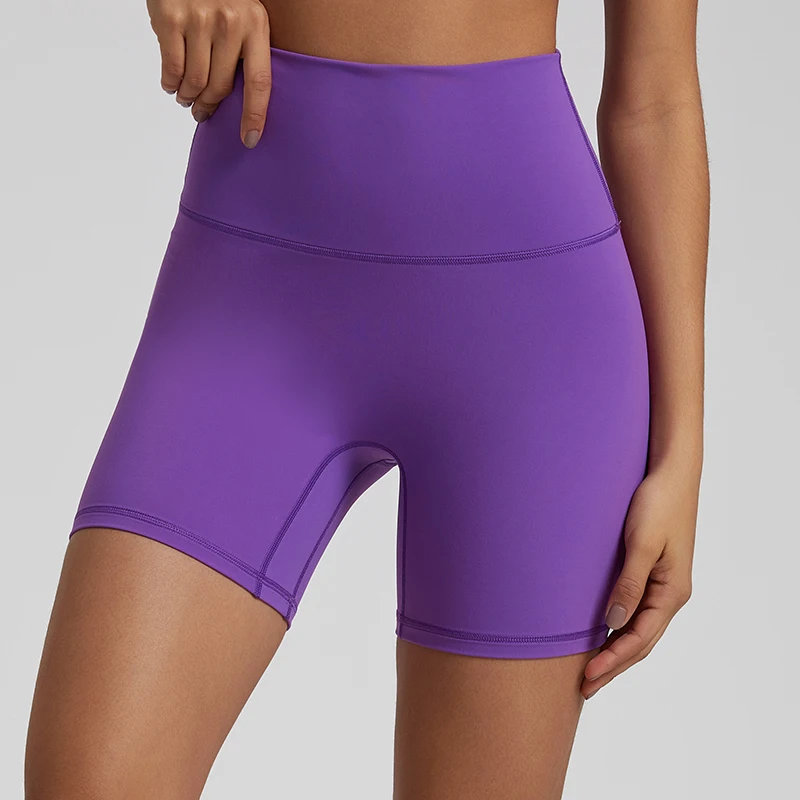 Choosing the Right Inseam Based on Height
Choosing the Right Inseam Based on Height
Your height influences the best shorts inseam for your proportions. Shorter individuals should avoid very long inseams. A 9-inch hem on someone under 5’4″ may look too long. It can shorten the leg visually.
Petite frames often do well with 5 to 7-inch inseams. These hit mid-thigh to just above the knee. They create balanced proportions. Avoid overwhelming small builds.
Taller people, especially over 6 feet, can carry longer lengths. A 9-inch inseam looks proportional. Even 11-inch styles work without appearing awkward.
For men between 5’8″ and 6’0″, 7-inch is a safe default. It flatters most body types. Matches well with sneakers or sandals.
Women under 5’5″ may prefer 3 to 5-inch inseams. These elongate the legs. Pair with wedges or heels for added effect.
Tall women (5’9″+) can confidently wear 7 to 9-inch inseams. These provide clean lines. Don’t cut off the leg too soon.
Consider shoe choice too. Bare legs with flats need shorter hems. Boots or heeled shoes allow longer cuts.
Ultimately, balance matters. The goal is harmony between torso, legs, and shorts length. Choosing the right shorts inseam improves overall silhouette.
Matching Inseam Length to Body Type
Body shape affects how inseam length appears. For athletic builds with strong thighs, longer inseams reduce bulk. A 7 or 9-inch hem avoids cutting through the thickest part.
Slim or narrow legs benefit from shorter cuts. A 5-inch inseam highlights lean muscle. Creates a sporty, youthful look.
Curvy figures should choose lengths that break at flattering points. Mid-thigh (5–7 inches) draws attention upward. Avoids clinging to hips.
Apple-shaped bodies often do well with 7-inch chinos. They offer coverage without tightness. Pair with longer tops for balance.
Pear-shaped individuals can use longer inseams to even out proportions. A 9-inch length extends the lower half. Balances wider hips.
Long torsos pair well with higher rises and mid-inseams. The visual center stays aligned.
Short torsos gain from higher waistlines and moderate inseams. Prevents looking bottom-heavy.
Proportions matter more than strict rules. Try different lengths. See what feels natural. The right shorts inseam complements your unique build.
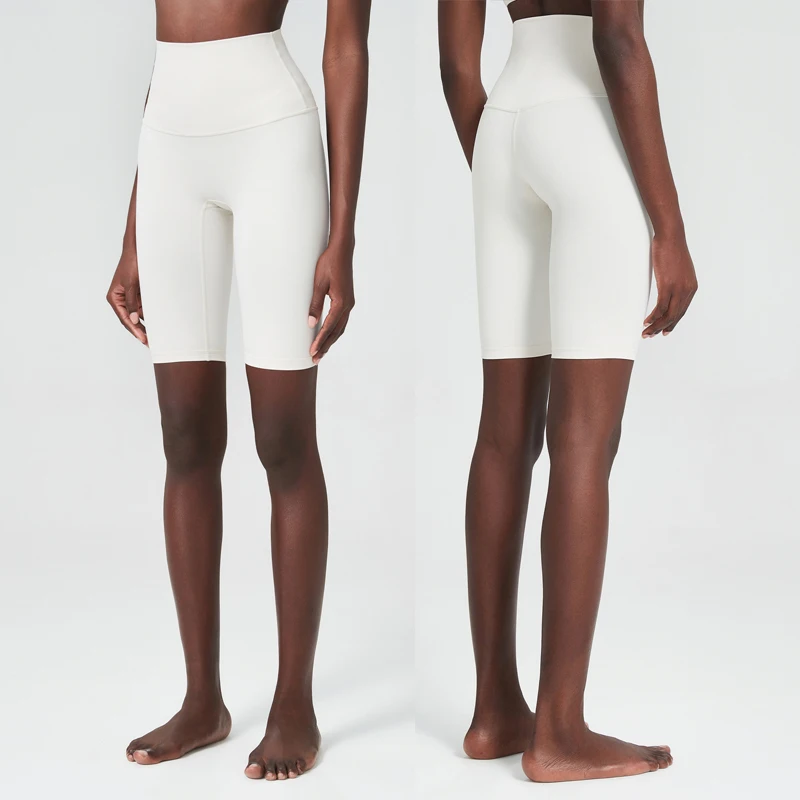 Activity-Based Inseam Recommendations
Activity-Based Inseam Recommendations
Different activities require specific inseam lengths. For running, 3 to 5 inches is ideal. Less fabric means less chafing. Freedom of stride increases performance. Many runners prefer split shorts with minimal coverage.
Cycling calls for padded liners and 7–9 inch legs. Road cyclists often wear bib shorts with 8-inch inseams. Mountain bikers opt for looser outer shorts over spandex.
Hiking demands durability and protection. 7 to 9-inch inseams shield legs from brush and sun. Cargo pockets add utility. Quick-dry fabrics enhance comfort.
Golf requires neat, knee-length styles. Most courses enforce 9-inch minimums. Some allow 7-inch if modest. Always check dress code policies.
Casual wear allows flexibility. 5 to 7-inch inseams suit most outings. Denim cutoffs, chinos, and joggers fall in this range. Easy to style with tees and shirts.
Beachgoing favors shorter cuts. Swim trunks often range from 5 to 7 inches. Boardshorts go up to 11 inches. Choose based on modesty and activity.
Work environments vary. Business-casual offices accept 7–9 inch chinos. Avoid anything too short or flashy.
Knowing your purpose helps narrow the field. The best shorts inseam supports your lifestyle.
Fashion Trends in Length
Inseam trends shift with seasons and culture. Recently, 5 to 7-inch lengths dominate streetwear. They strike a balance between retro and modern. Brands like Lululemon and Nike promote this range.
Athleisure has boosted popularity of 3 to 5-inch performance shorts. Worn beyond workouts. Paired with oversized tees or jackets.
High-fashion runways feature extreme lengths. Ultra-short 2-inch bermudas mix with tailored tops. Long 11-inch cargo shorts make bold statements.
Vintage styles bring back 9-inch pleated shorts. Seen in 90s-inspired collections. Often in neutral tones or plaids.
Denim cutoffs remain timeless. DIY versions vary in inseam. Typically 5 to 7 inches. Frayed hems add character.
Swimwear follows beach culture. Brazilian cuts drop to 2–3 inches. European brands favor minimal coverage. American styles trend toward 7–9 inches.
Gender-neutral fashion embraces mid-range inseams. 5 to 7 inches suit all identities. Focus on fit over tradition.
Stay aware of trends. But prioritize personal comfort. The right shorts inseam reflects both style and self.
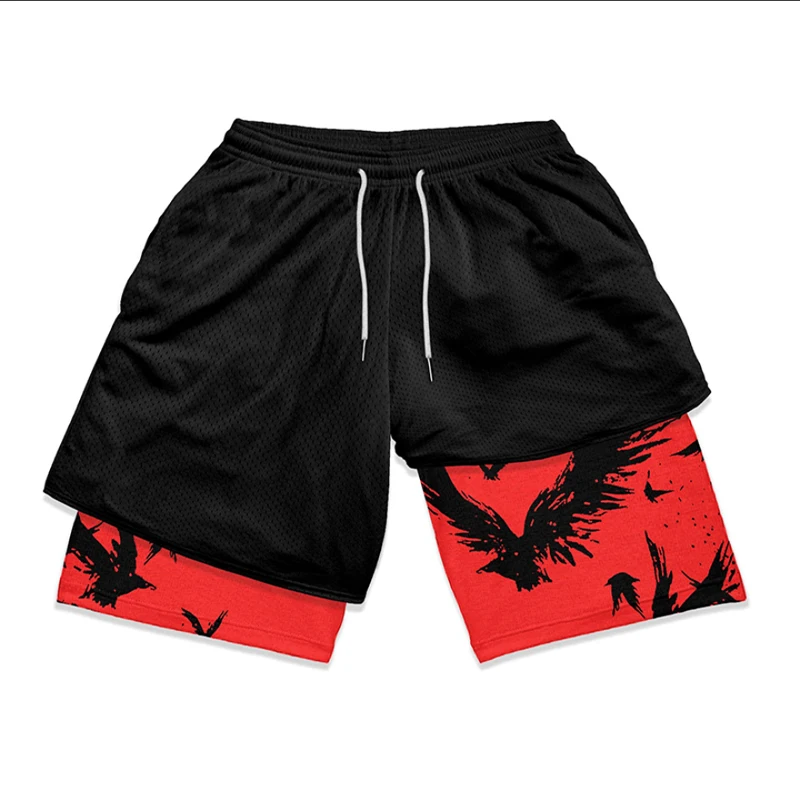 Common Mistakes
Common Mistakes
Many buyers make avoidable errors with shorts inseam. First, guessing instead of measuring leads to poor fit. Always take your measurements before ordering.
Second, ignoring brand inconsistencies causes issues. One brand’s 7-inch may feel like another’s 5-inch. Check size charts every time.
Wearing overly short inseams in formal settings looks inappropriate. Know the event’s expectations. Golf clubs and workplaces often ban short hems.
Too-long inseams on short people create imbalance. They chop the leg line. Stick to proportional lengths.
Not considering fabric stretch results in tightness. Stretch blends move more. Adjust inseam accordingly.
Ignoring shoe pairing ruins coordination. Sandals with long shorts look mismatched. Match length to footwear.
Buying only one length limits versatility. Own multiple inseams for different uses.
Finally, assuming all body types fit the same length fails. Customize based on shape and height.
Avoiding these mistakes ensures satisfaction and confidence.
Frequently Asked Questions
What is a good inseam for men?
5 to 7 inches works for most. Taller men can try 9 inches.
How short is too short for public wear?
Below 3 inches may be frowned upon in cities or formal areas. Context matters.
Do women’s and men’s inseams differ?
They follow similar scales. Women’s inseams often start shorter due to different cuts.
Can I alter the inseam of my shorts?
Yes. Tailors can shorten them. Lengthening is harder due to lack of fabric.
Are longer inseams more professional?
Generally yes. 7–9 inch chinos are office-friendly. Avoid athletic cuts.
Does inseam affect comfort?
Absolutely. Too short causes chafing. Too long traps heat. Pick wisely.
Should inseam change with age?
Not necessarily. But mature styles often favor slightly longer lengths.
Where can I find accurate inseam charts?
On brand websites or retail product pages. Always refer to official guides.
These answers help users make informed decisions. Knowledge builds confidence.
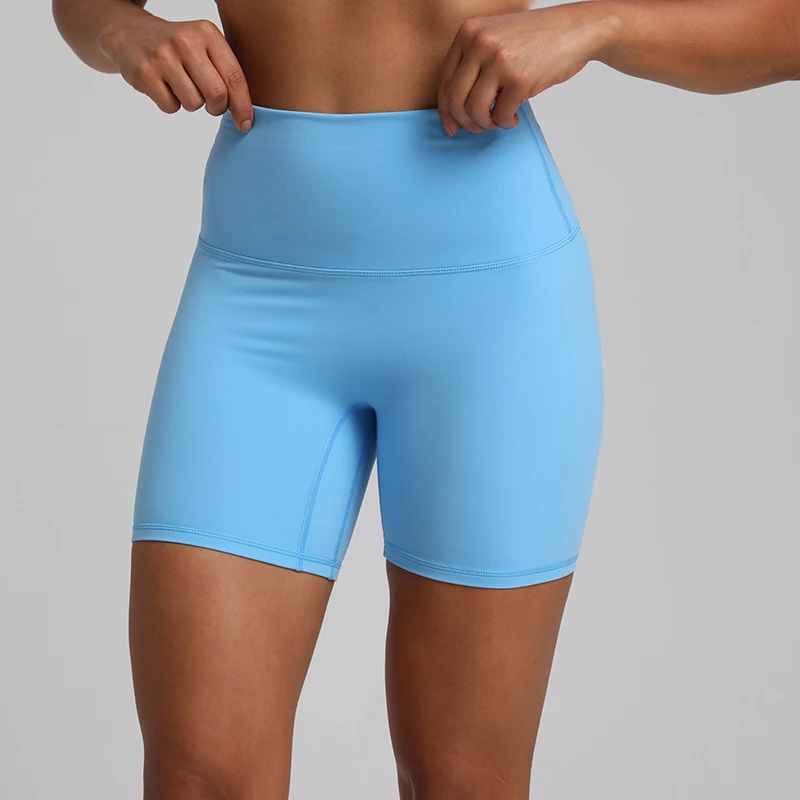 Conclusion
Conclusion
In conclusion, understanding the shorts inseam is key to dressing well and feeling comfortable. It affects how clothes fit, move, and look on your body. From athletic performance to daily fashion, the right length makes a difference. Whether you’re tall or petite, active or relaxed, there’s an ideal inseam for you. Measuring accurately, matching to body type, and aligning with purpose ensures success. And for anyone building a versatile wardrobe, mastering the shorts inseam is a smart move. Ultimately, the perfect pair isn’t just about style—it starts with the right shorts inseam.

